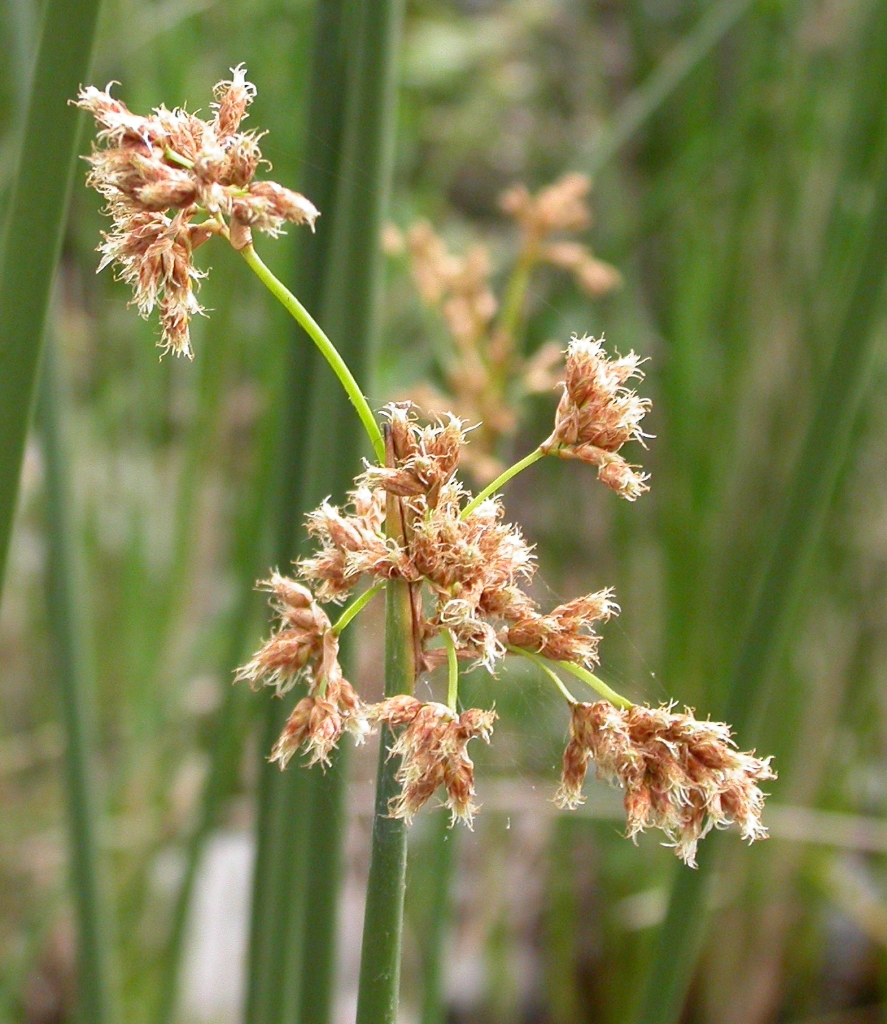
Island Chumash Plant Usage Guide Stop 7
The late eighteenth and early nineteenth centuries brought enormous changes to the Chumash world. On the mainland, the Spanish established missions and recruited the Chumash for labor. The Chumash living on the Channel Islands also felt the impact of Spanish colonization. Many died from epidemics of European diseases, while those who survived entered the missions. By the early 1820s the northern Channel Islands lay abandoned.
This period brought incredible changes to the Chumash landscape as well. The missions and ranchos bred large herds of cattle, horses, and sheep, and these animals devoured much of the native vegetation. Gradually many of these plants were replaced by nonnative grasses and broad-leaved weeds.
For a time some native plants remained in use. Seed foods such as acorns, chia, and island cherry were gathered when available, and tule (swow) was used to manufacture matting, windbreaks, and other items. However, as ranching and farming increased, native plants and plant communities declined. Knowledge of Chumash plant use was no longer passed from generation to generation, and much of this rich fund of knowledge was lost.
The information contained in this trail guide is based on historical accounts as well as interviews with Chumash consultants recorded during the early 1900s. While these written accounts remain an important source of data, archaeological and botanical research on the Channel Islands continues as well. This research promises new insights into the complex relationships that once linked the Chumash Indians and the plant communities of the Channel Islands.
Is there something we missed for this itinerary?
Itineraries across USA


















































